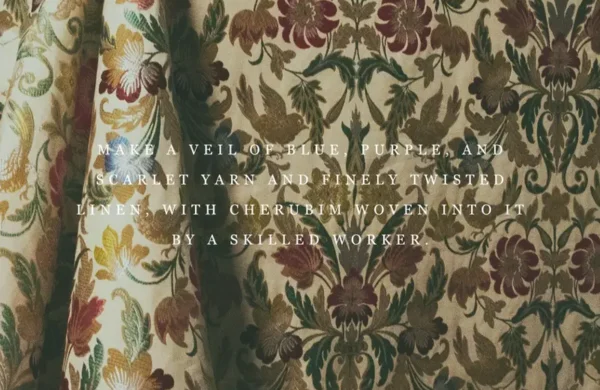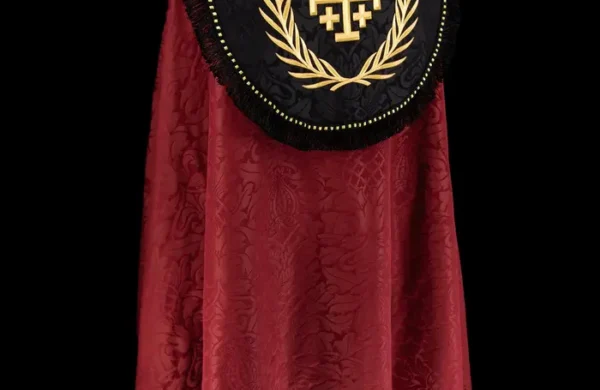
Many Church feasts remember big moments from Jesus’ life. But Corpus Christi began with one woman, a quiet vision, and a deep love for the Eucharist. Her story helped create a feast that reminds us that Jesus is still with us every day, at every altar. Learn how it all began and why it still matters.
Like this:
Like Loading...

This month, the Church gently invites us to draw closer to the Heart that loves without limits. The Sacred Heart of Jesus wounded, burning, and full of mercy reminds us that true love sacrifices, heals, and never stops reaching for us. In a world that moves fast and forgets easily, June offers a sacred pause. A time to remember, to rekindle devotion, and to respond with love.
Like this:
Like Loading...

Once a wealthy nobleman, St. Hubert’s life changed forever after a divine vision of a stag with a glowing cross. This powerful moment led him to a life of faith, humility, and service.
Like this:
Like Loading...

The Crusades weren’t about conquest, they began with a cry for help. This blog explores the reasons behind the holy wars, from Pope Urban II’s call to the tragic turn of the Fourth Crusade. A powerful reminder of faith, fear, and what people fight to protect.
Like this:
Like Loading...

Spring brings ordination season, a time of joy and renewal in the liturgical calendar. We offer custom-tailored stoles in various styles and sizes to suit every clergy member. Order early to ensure delivery for your special day and celebrate your commitment with a stole that reflects your faith journey.
Like this:
Like Loading...

First published in 1869 and nearly forgotten, Vestments of the Church book returns in a beautifully restored edition. Written by Rev. W. B. Marriott, this timeless classic explores the deep meaning behind sacred garments and their role in worship. A must-read for clergy, scholars, and lovers of liturgical beauty.
Like this:
Like Loading...

Join us for our 4th Free Embroidery Class with Clara Stitching as we honor Sacred Heart Month by stitching the Immaculate Heart of Mary. This online class includes a free printable pattern, YouTube tutorial, and the option to follow along with Clara’s goldwork kit. All skill levels are welcome.
Like this:
Like Loading...

Liturgical art is more than decoration it’s theology in thread. Our Embroidery Design Booklet brings back 180+ sacred patterns from 150-year-old sources. Perfect for artisans and church leaders who believe God’s house deserves more than modern minimalism it deserves beauty.
Like this:
Like Loading...

Tapestry fabrics are more than decoration, they’re woven stories of history, royalty, and artistry. Discover how these intricate textiles evolved from ancient craft to timeless, functional works of art.
Like this:
Like Loading...

Carry a piece of your faith wherever you go. Our new Christian keychains featuring the Saint Benedict Medal and Jerusalem Cross are more than everyday items. They’re quiet reminders of protection, presence, and purpose. Thoughtfully Christian gift crafted to be both beautiful and meaningful, these small pieces of devotion are designed to travel with you, anchoring your heart in Him.
Like this:
Like Loading...

The Bible doesn’t leave us guessing. Find out the 5 powerful ways to fight demons and why you’re already on the winning side.
Like this:
Like Loading...

If you walk into church during the final weeks of Lent, you might be surprised. The crucifix is covered, the statues of the saints are hidden behind purple cloths, and even images of Jesus are veiled. The church feels quieter, plainer maybe even a little empty.
Like this:
Like Loading...

Silk damask, originating over 2000 years ago in China, evolved through the Silk Road to Europe, retaining its association with nobility until the democratization of production in the 18th century. Its intricate patterns, luxurious feel, and enduring appeal make it a symbol of elegance and craftsmanship.
Like this:
Like Loading...

It looks like just another red but it is not. Oxblood has a hidden story few people know, rooted in centuries-old faith, sacrifice, and sacred tradition. What made monks choose this deep, somber shade for Holy Week? And why does it still matter today?
Like this:
Like Loading...

There’s so much more to Duluth’s Cathedral of Our Lady of the Rosary than meets the eye. From its stunning architecture to the hidden stories behind its history, discover what makes this church truly special. You’ll be surprised by the details that make it a treasured landmark.
Like this:
Like Loading...
















You must be logged in to post a comment.